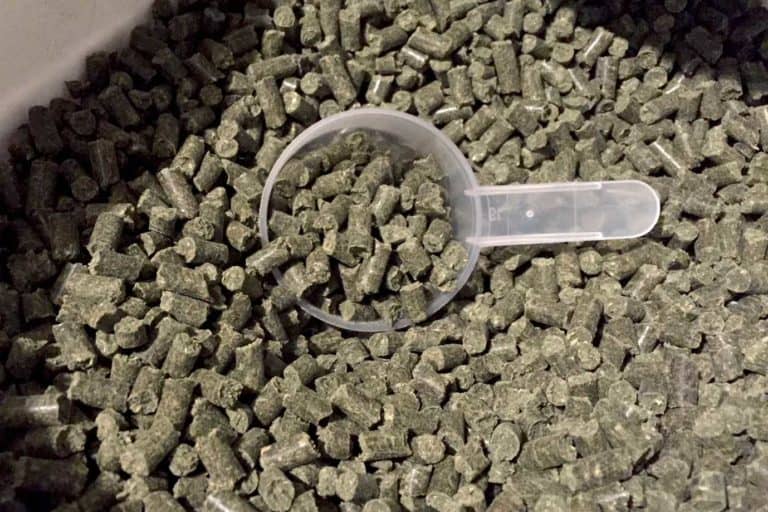Small Volume Resuscitation in Anesthetized Endotoxemic Horses
Endotoxemia occurs when toxins from the wall of Gram-negative bacteria crosses the intestinal wall and gains access to the bloodstream. Endotoxin becomes concentrated on the surface of white blood cells, causing them to secrete inflammatory agents.

















